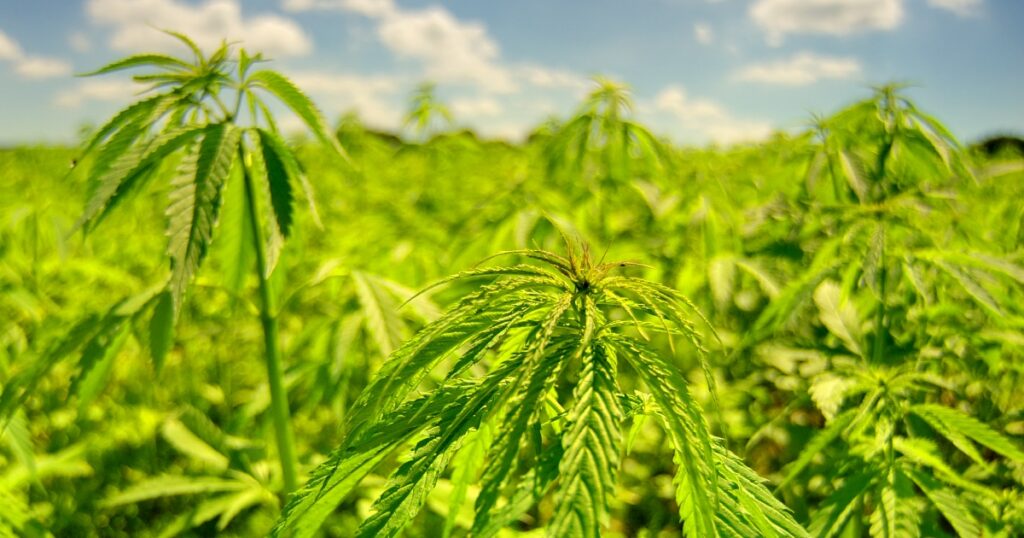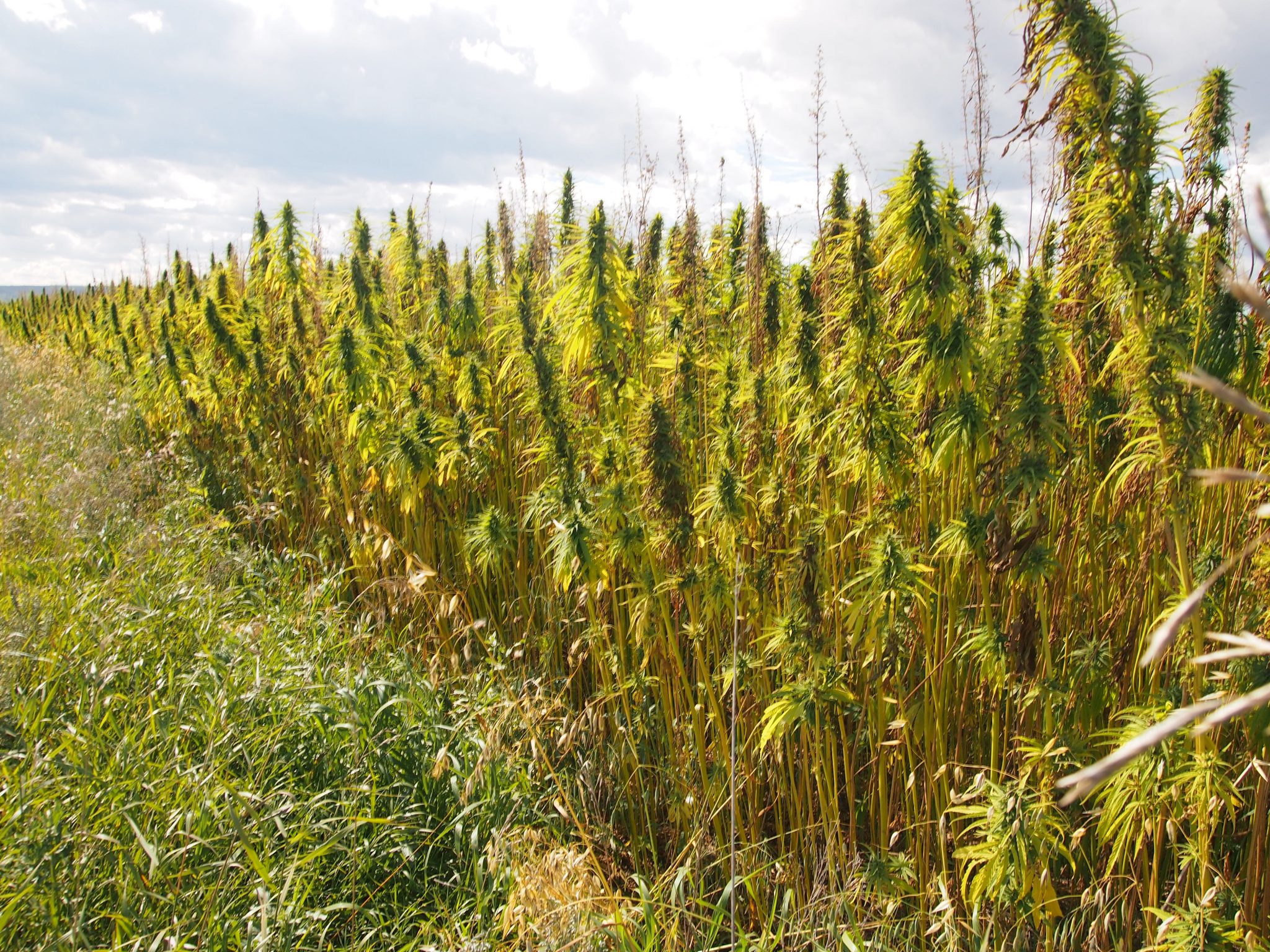The fashion industry, long criticized for its environmental toll, is undergoing a transformative shift, with the Rise of Hemp leading the charge toward sustainability. Hemp, derived from the Cannabis sativa plant, is emerging as a cornerstone of eco-friendly textiles, offering a compelling alternative to resource-intensive materials like cotton and synthetic fabrics. This 1000-word exploration delves into why hemp is revolutionizing sustainable fashion, supported by facts, figures, and the growing presence of Hemp Manufacturer Online platforms that make these eco-conscious products accessible to all.
Hemp’s Historical Roots and Modern Revival
Hemp’s story in textiles is ancient, stretching back millennia. Archaeological evidence suggests hemp was used for textiles in China as early as 4000 BCE, with its fibers woven into durable fabrics for clothing, ropes, and sails. By the 19th century, hemp contributed 75–90% of raw materials for global paper production, including the first Bible and the U.S. Constitution. However, its association with marijuana led to widespread bans in the 20th century, notably in the U.S. under the 1937 Marihuana Tax Act. This stigma sidelined hemp until recent decades, when legal restrictions began to ease. The 2018 U.S. Farm Bill legalized industrial hemp, sparking a renaissance in its cultivation and use. Today, over 30 countries, including China, France, and Canada, produce hemp, with China accounting for 70% of global output. This revival is fueling Sustainable Hemp Fashion, as designers and consumers rediscover hemp’s eco-friendly potential.
The Environmental Edge of Hemp
Hemp’s appeal in sustainable fashion lies in its minimal environmental footprint. Unlike cotton, which consumes vast amounts of water—approximately 2,700 liters for a single t-shirt—hemp requires significantly less, often thriving with just 300–500 liters per crop cycle. Its deep roots prevent soil erosion, enrich ecosystems, and sequester approximately 9 tons of CO2 per acre, making it a carbon-negative crop. Hemp’s natural resistance to pests eliminates the need for chemical pesticides, unlike cotton, which accounts for 25% of global pesticide use. Furthermore, hemp grows rapidly, ready for harvest in 4–6 months, compared to cotton’s longer cycles. Its biodegradability ensures that hemp garments decompose naturally, unlike synthetic fabrics that release microplastics. These attributes position hemp as a champion of sustainability, addressing the fashion industry’s role in generating 17 million tons of textile waste annually.
The Versatility of Hemp in Fashion
Hemp’s physical properties make it a standout textile. Its fibers are among the strongest natural fibers, four times more durable than cotton, ensuring longevity that reduces the need for frequent replacements. Hemp fabric is breathable, antimicrobial, and UV-resistant, offering comfort and functionality for garments ranging from casual t-shirts to luxury suits. It softens with each wash without degrading, unlike cotton, which weakens over time. Hemp’s versatility allows it to be blended with organic cotton, silk, or Tencel, creating luxurious textures that appeal to high-end fashion houses like Stella McCartney and Weekend Max Mara. These blends are driving Sustainable Hemp Fashion into mainstream markets, with brands like Loomstate and Patagonia incorporating hemp into jeans, hoodies, and sportswear. The global hemp clothing market, valued at USD 4.7 billion in 2020, is projected to reach USD 14.6 billion by 2026, reflecting a compound annual growth rate of 22.5%.
The Economic and Social Impact
The Rise of Hemp extends beyond environmental benefits, fostering economic and social sustainability. Hemp cultivation is cost-effective, requiring low capital investment and minimal resources, making it accessible for farmers in developing countries. A 2022 UNCTAD report highlights that hemp’s global market could reach USD 18.6 billion by 2027, offering economic opportunities for rural communities. In regions like Uttarakhand, India, organizations like the Hemp Foundation empower women through hemp farming and textile production, promoting economic independence. Localized supply chains, driven by the high cost of shipping low-density hemp stalks, encourage regional processing, boosting local economies. For instance, China’s 66,700 hectares of hemp cultivation in 2019 supported its textile industry, while Europe’s Hemp4Circularity initiative, backed by USD 4.1 million, aims to establish a circular hemp textile economy. These efforts underscore hemp’s role in creating sustainable value chains.
The Role of Hemp Manufacturer Online Platforms
The accessibility of hemp products has surged with the rise of Hemp Manufacturer Online platforms. Companies like Hemp Fortex and EnviroTextiles offer a range of eco-friendly fabrics and garments directly to consumers and businesses worldwide. These platforms provide transparency, with certifications like GOTS and OCS100 ensuring sustainable and organic production. For example, Hempwear.eu, a European manufacturer, produces custom hemp t-shirts using a 55% hemp and 45% organic cotton blend, emphasizing quality and comfort. Online platforms also facilitate bulk orders for brands, making it easier for designers to integrate hemp into their collections. EnviroTextiles, based in Colorado, has supplied hemp fabrics to over 70 countries, supporting sustainable fashion initiatives like MTV’s “Pimp My Ride” Earth Day car upholstery. These platforms are pivotal in scaling Sustainable Hemp Fashion, connecting producers with eco-conscious consumers.

Challenges and Opportunities
Despite its promise, hemp faces challenges. Regulatory hurdles persist in some regions due to its association with cannabis, complicating cultivation and processing. In the U.S., the DEA’s strict permitting process limits domestic production, forcing reliance on imports from China and Canada. Infrastructure for hemp processing also lags, requiring significant investment to scale production. However, opportunities abound. Advances in agricultural technology, such as Canada’s triploid hemp breeding for enhanced CBD production, are improving yields. Research into hemp’s applications, from biofuels to bioplastics, is expanding its market potential. The fashion industry’s shift toward sustainability, driven by consumer demand—27% growth in plant-based products in 2023—further fuels hemp’s adoption. Brands like Afends, which owns 100 acres for hemp cultivation, and WAMA, specializing in hemp underwear, are leading this charge, proving hemp’s viability in mainstream fashion.
The Future of Hemp in Fashion
The Rise of Hemp signals a green revolution in fashion, blending style, sustainability, and social impact. Its environmental benefits—low water use, carbon sequestration, and biodegradability—address the industry’s pressing need to reduce its ecological footprint. Hemp’s durability and versatility make it a favorite among designers, while its economic advantages empower communities worldwide. Hemp Manufacturer Online platforms are democratizing access, enabling brands and consumers to embrace Sustainable Hemp Fashion. As the market grows, projected to reach USD 30.24 billion by 2029, hemp’s role as a renewable resource will only strengthen. By prioritizing best practices, such as organic cultivation and minimal pesticide use, the industry can ensure hemp remains a true sustainability champion. For consumers, choosing hemp is a statement—a commitment to a greener wardrobe and a healthier planet.
In conclusion, hemp’s resurgence is more than a trend; it’s a paradigm shift. From its historical roots to its modern applications, hemp is redefining fashion’s future. By supporting hemp-based products, we can drive a sustainable revolution, one garment at a time, ensuring that fashion not only looks good but does good for the Earth and its people.
Discover the future of sustainable fashion with NanoHempTechLabs’ premium hemp textiles! Harnessing the Rise of Hemp, our eco-friendly fabrics offer unmatched durability, breathability, and biodegradability, requiring just 300–500 liters of water per crop cycle compared to cotton’s 2,700 liters. Perfect for brands embracing Sustainable Hemp Fashion, our GOTS-certified products are available through our Hemp Manufacturer Online platform, serving over 70 countries. Join the green revolution and elevate your collections with NanoHempTechLabs’ versatile hemp blends. Schedule a call today to explore wholesale opportunities and drive sustainability forward!
Reference:
- Kaur, G. and Kander, R. (2023). The sustainability of industrial hemp: a literature review of its economic, environmental, and social sustainability. Sustainability, 15(8), 6457. https://doi.org/10.3390/su15086457
- Kemda, M., Marchi, M., Neri, E., Marchettini, N., & Niccolucci, V. (2024). Environmental impact assessment of hemp cultivation and its seed-based food products. Frontiers in Environmental Science, 12. https://doi.org/10.3389/fenvs.2024.1342330
- Kolodinsky, J., Lacasse, H., & Gallagher, K. (2020). Making hemp choices: evidence from vermont. Sustainability, 12(15), 6287. https://doi.org/10.3390/su12156287





